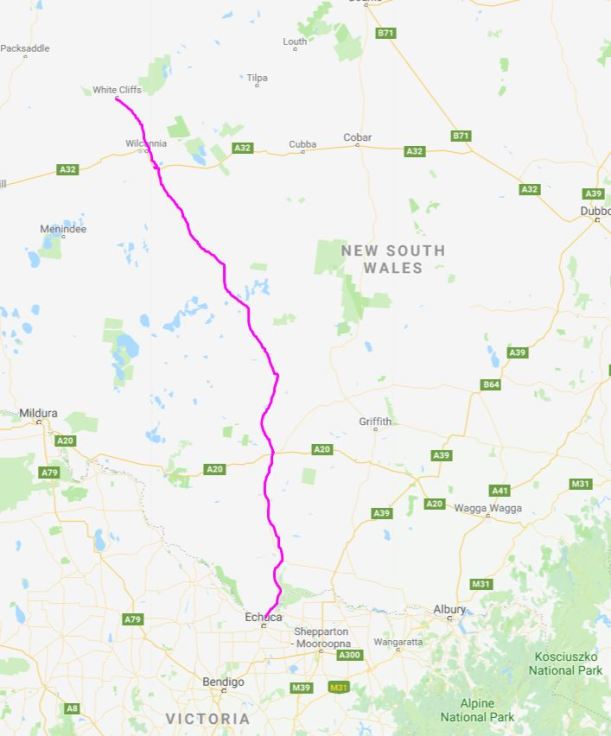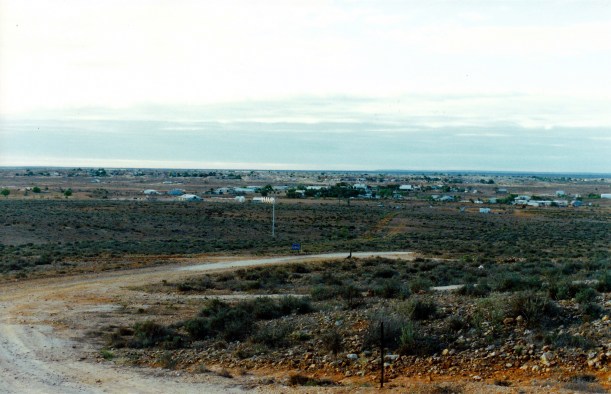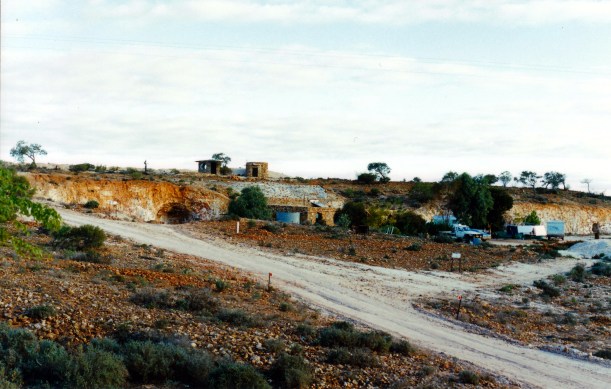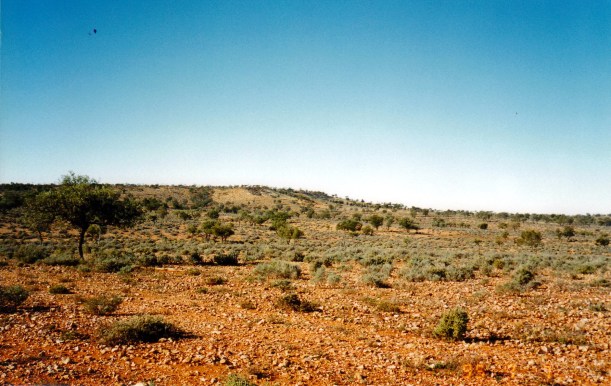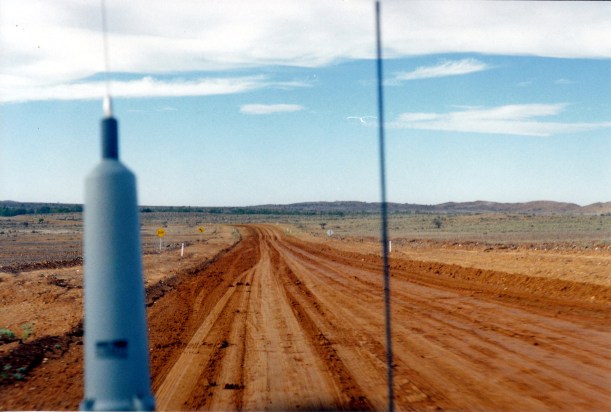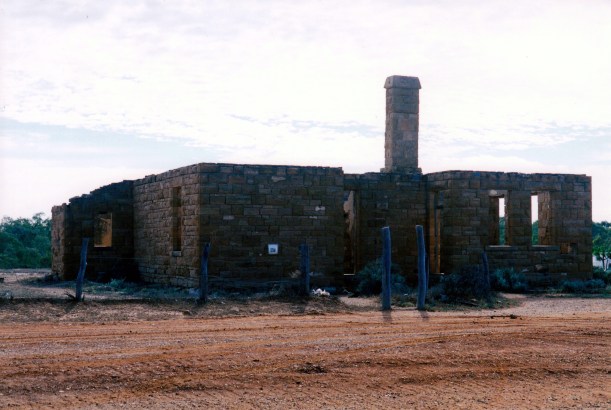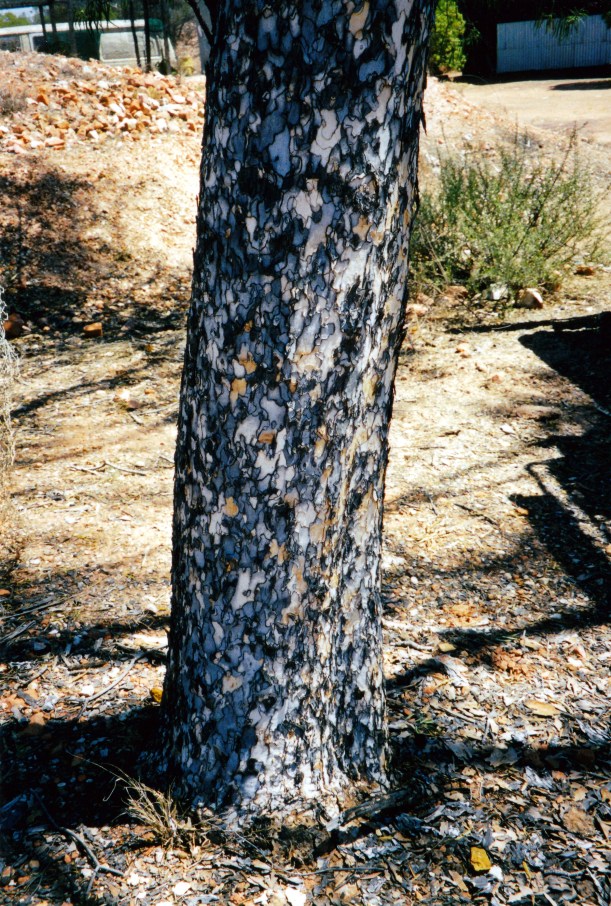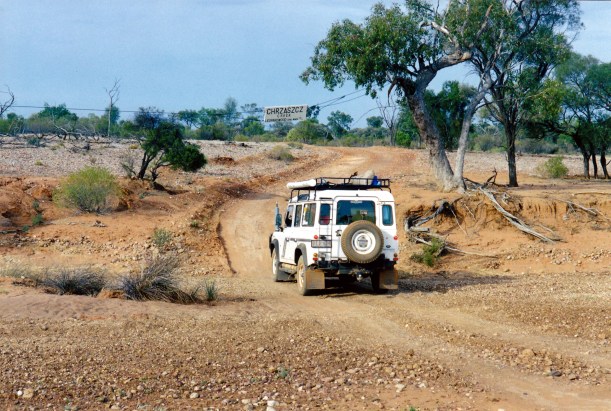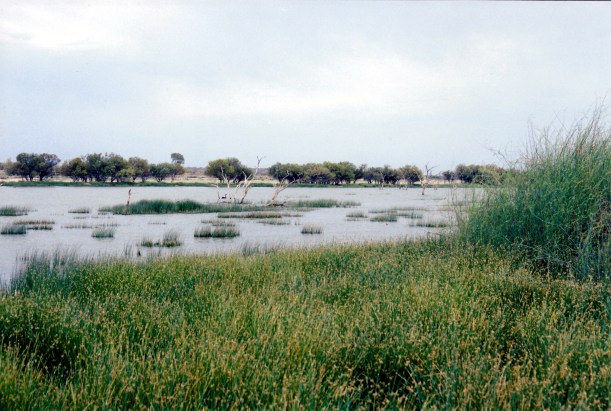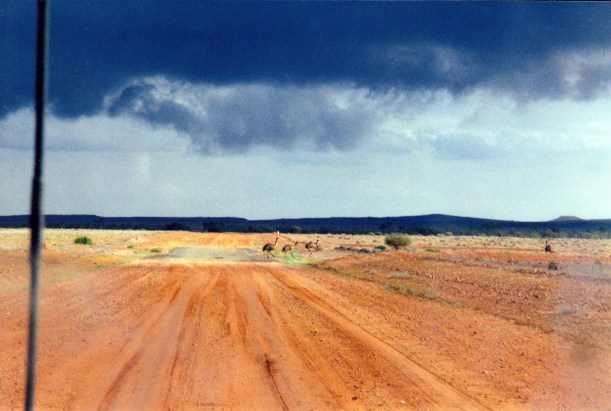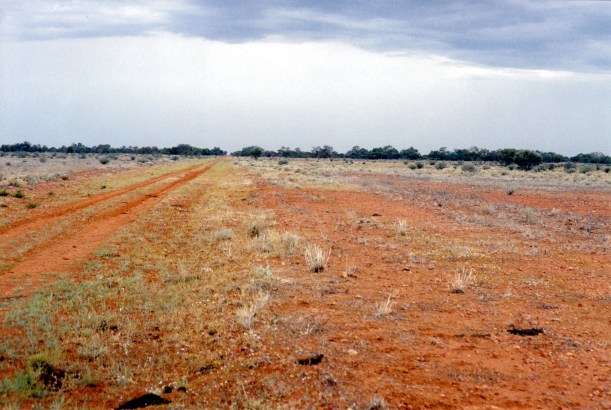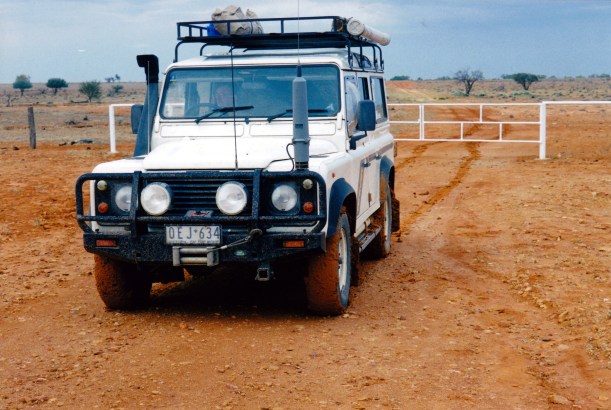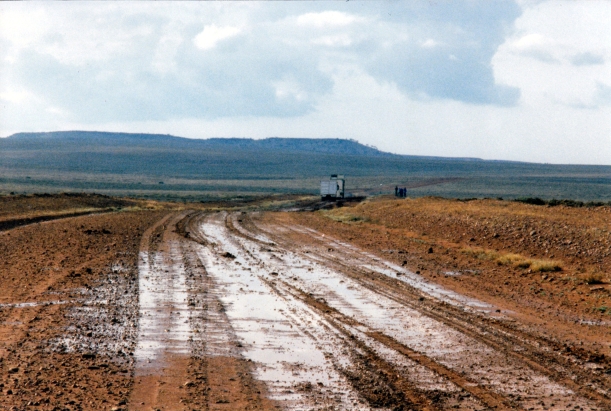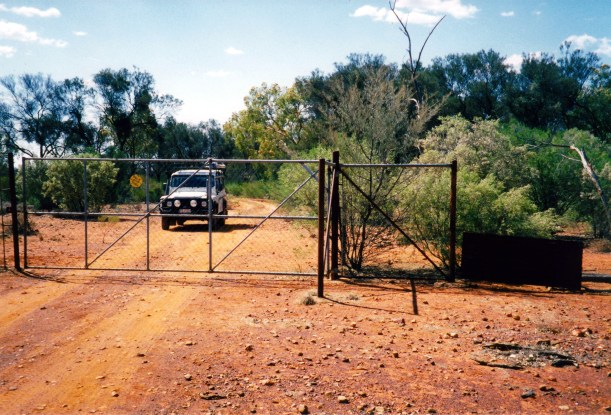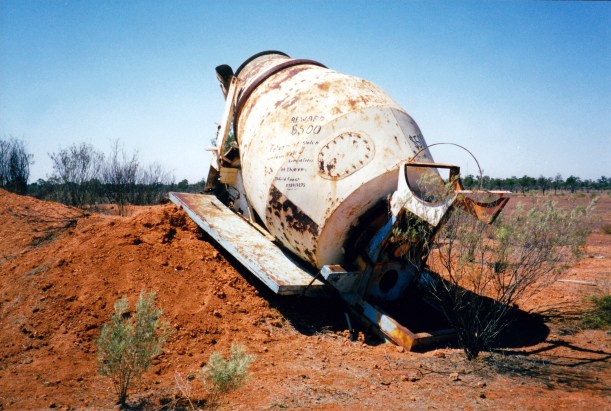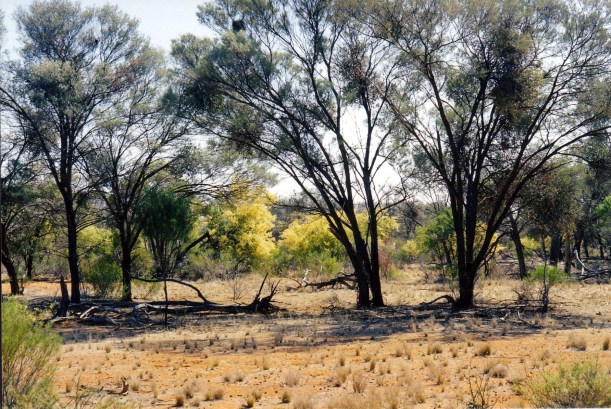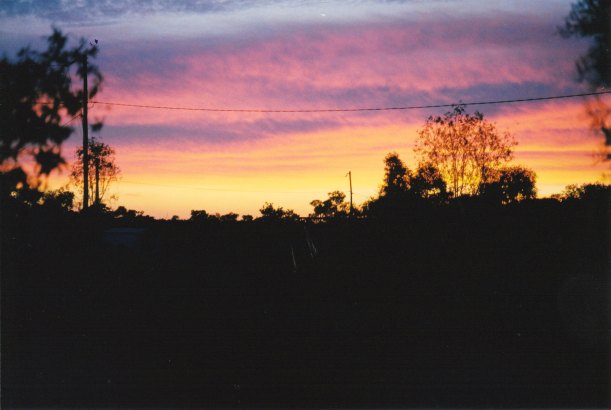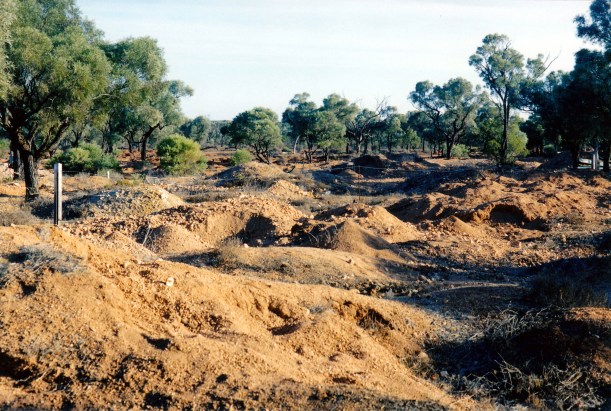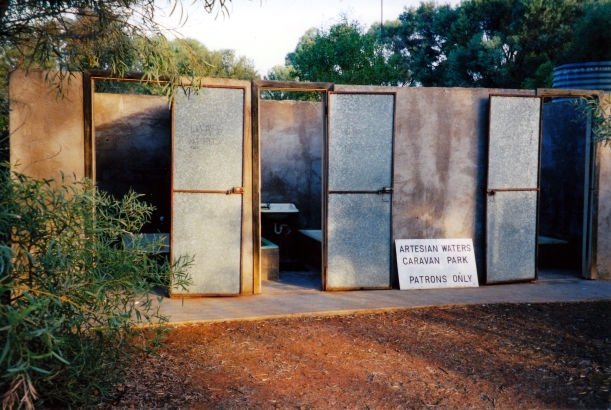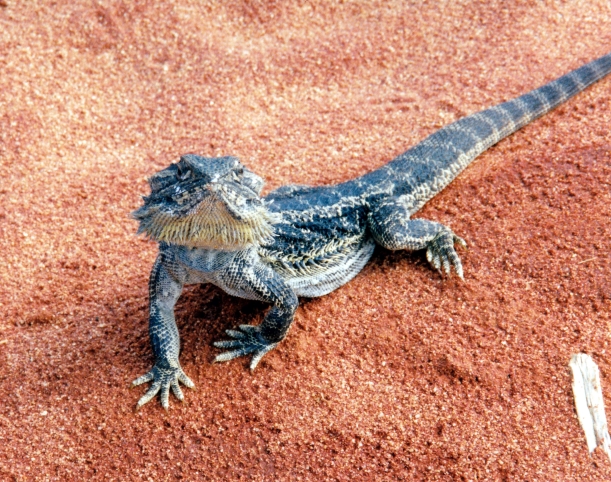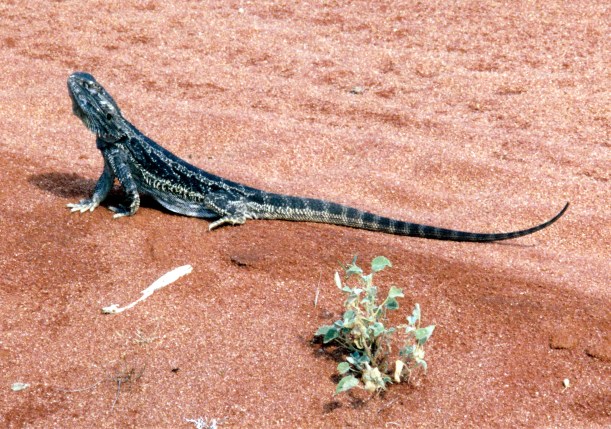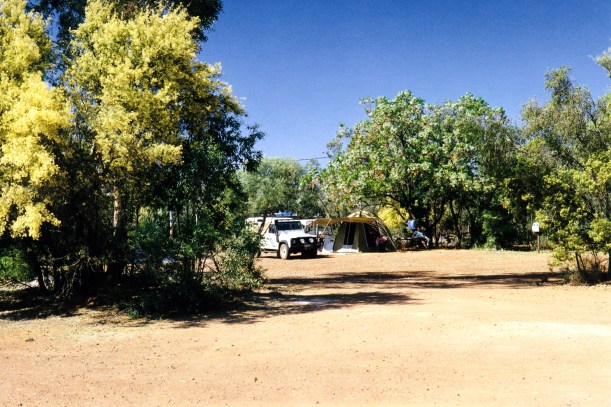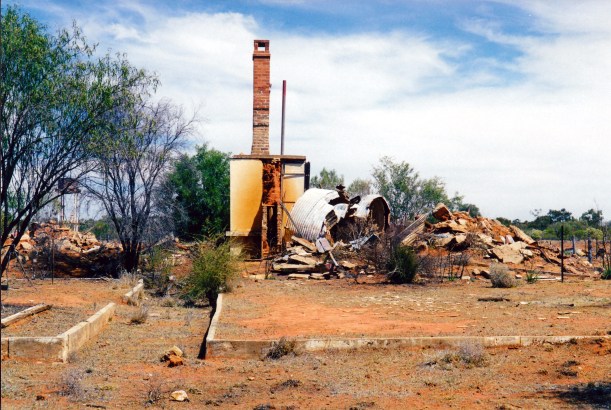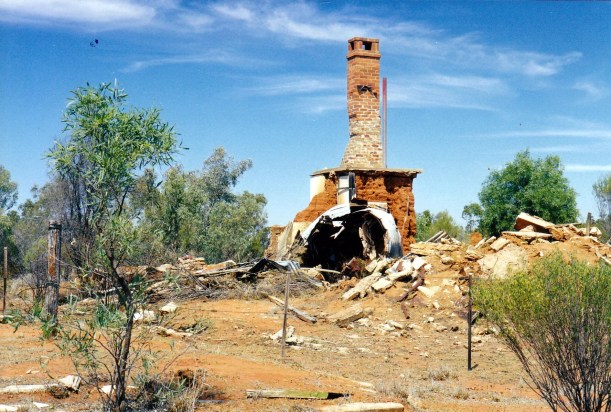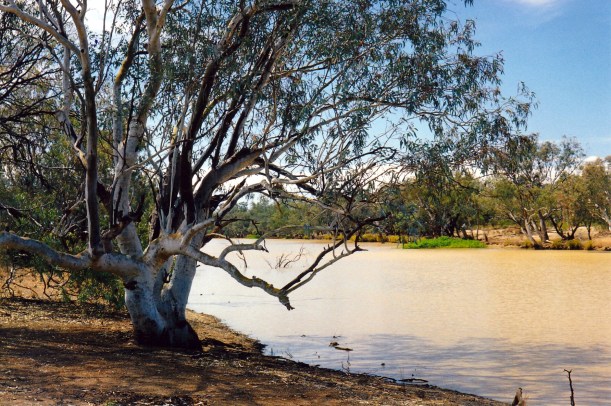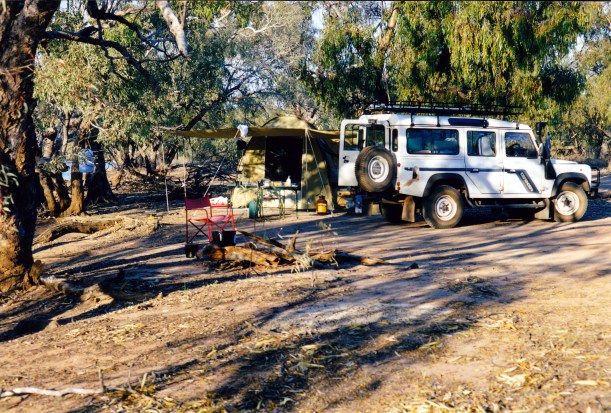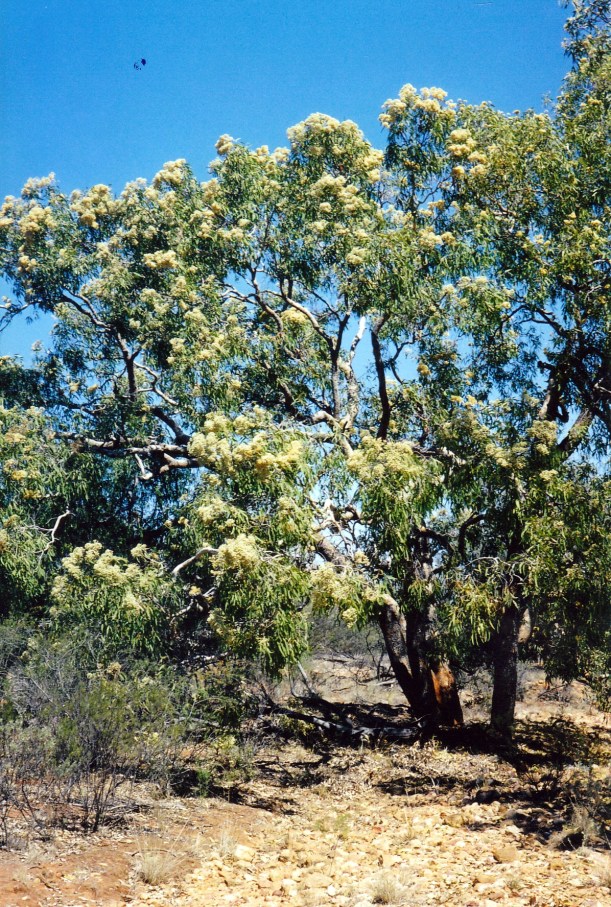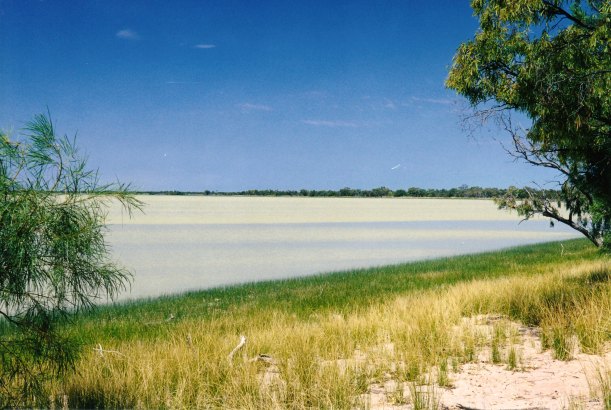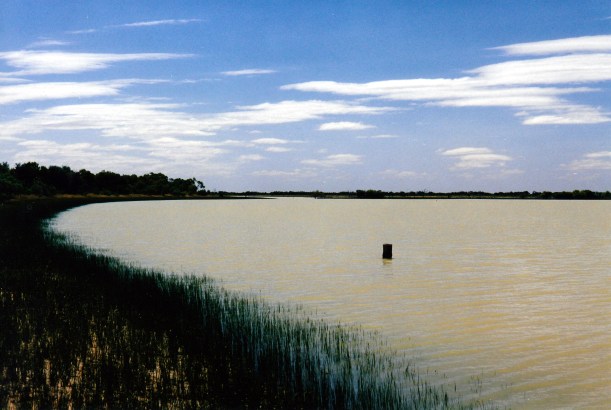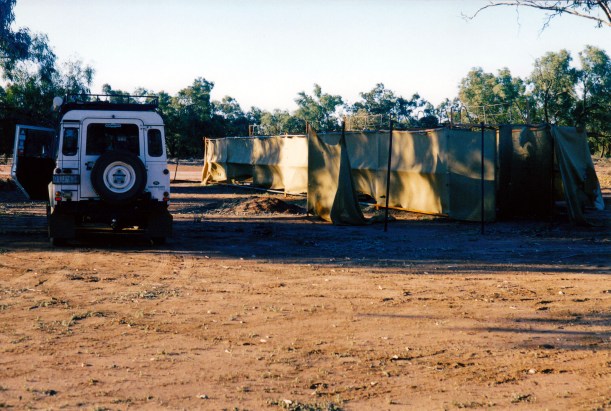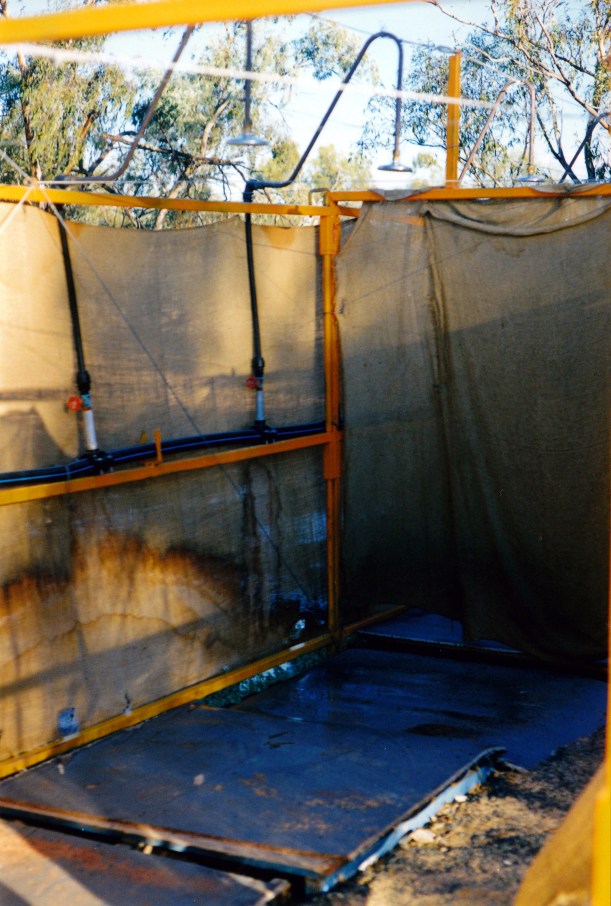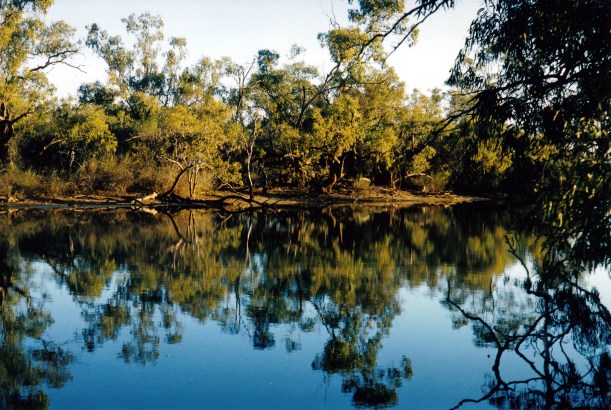MONDAY 1 OCTOBER YOWAH TO TIBOOBURRA 460kms
We packed up camp. The stay at the Yowah park – basic though it was – had been quite pleasant.
We had directions for the short cut through to the Thargomindah road on the Black Gate track. That would take us past Mike Sawicki’s Leopardwood mine, where John hoped to also camp and mine, next year.
The scenery along the track was pleasant, with the flowering beefwoods and wattles.
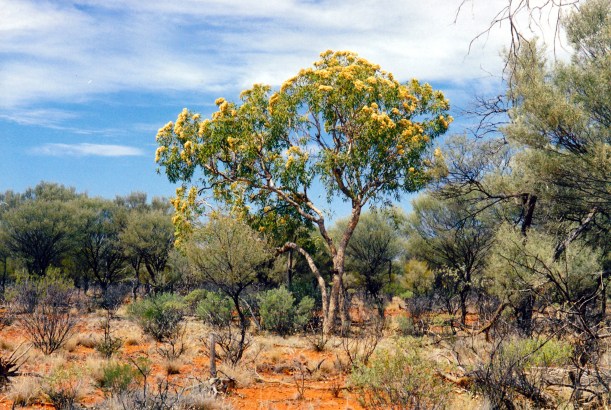
A sign hung above the Black Gate Creek, in a Central European language, a clue about the origin of so many opal miners.
We passed the entrance to Leopardwood – well signed. From there it was only about 10kms to the main, sealed, Bulloo Development Road. We turned to the west.
A few kms further on, we stopped at the Lake Bindegolly National Park, which was right beside the road. Had a quick look around there, where there were some birds on the lake.
We reached Thargomindah about 11am.
There was quite a lot of cloud building up, but we had not recently heard a weather forecast for this region.
I went to the Tourist Information Centre to ask if they knew what the weather was likely to be, and also to ask about taking the shorter route towards Tibooburra, via Bulloo Downs, that was marked on my Road Atlas, rather than the longer way through Noccundra. The gentleman in the Centre said that the Bulloo Downs route would be alright with a 4WD vehicle – and that the cloud building up was “too high for it to rain”.
Foolishly as it turned out, I had faith in local knowledge, so we headed off on the Bulloo track, which trended generally SW.
The track was a pretty good dirt road for the 120kms to Bulloo Downs homestead, but after that it became more of a station track, across the flood plains and overflow area of the Bulloo River, which originates way to the north, but disappears in the swamps, lakes and sands of this area.
As we reached Bulloo Downs, light rain was starting. So much for local knowledge! It got heavier as we continued on – and the track started to get slippery.
It was some 120kms from Bulloo Downs homestead, to the Noccundra Road, north of the Warri Gate. So at this stage, we were about half way along.
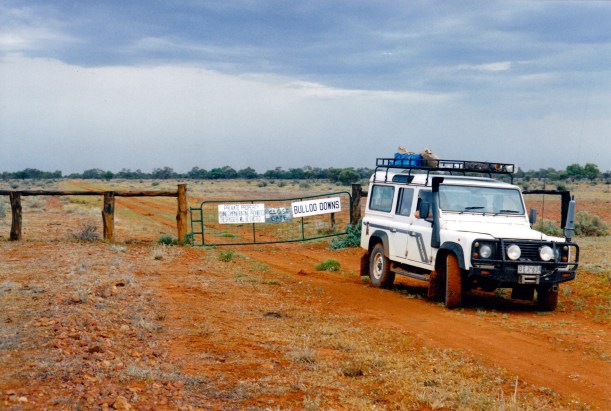
After negotiating a rough slippery section, in what suddenly became a real downpour, it became obvious that turning back would be no guarantee of being able to get through the way we’d just come – so we might as well continue!
This was a time when it felt good to have the HF radio – in case.
The tread on the tyres filled up with thick, sticky mud so the directions Truck went did not always match the way John intended!
Whilst the rain continued – there were really ominous dark clouds building up by now – and while on the swampy country, it was an increasingly tense drive. We talked about at least having the capacity to camp by the vehicle, if we had to!
By the time we reached the Tickalara ruins, with only about 30kms to go to the Noccundra road, the rain had eased off and the track was a bit firmer. We thought the worst might be behind us now.
We stopped to have a look around the ruins. I was curious about these and had no information about them. Later research indicated that the homestead had been built in the late 1800’s and probably abandoned only a few decades later.

It was a great relief to reach the more “main” Tibooburra to Noccundra road – still dirt though, but with the potential for maybe some passing traffic. All things are relative! We had not seen a single other vehicle since leaving Thargomindah. After all that, we only “saved” about 40kms by coming the way we had. Still – it had been an adventure, but I was not sure that the extra angst had been worth it.
It had clearly been raining here too and the sky still looked threatening.
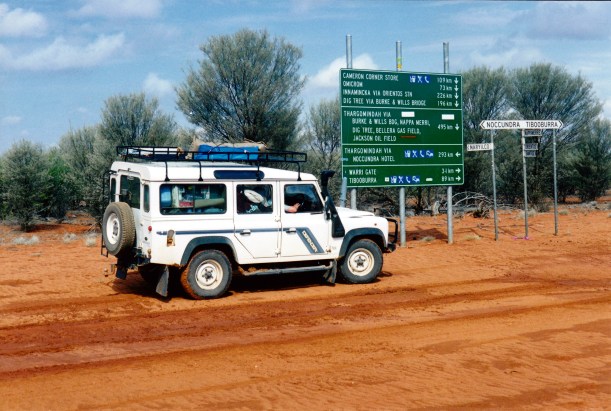
Turned south, then stopped after a short distance to eat our packed lunch by a roadside waterhole.

Pressed on south. By the time we reached the Warri Gate, in the Dog Fence, the sky ahead was black. The road got sloppy again, but it was not as bad as what we’d been through.
To the north of Tibooburra are a series of jump ups. We crawled down the slopes of these, in low range. On the flat ground at the bottom of the hilly section, there was a temporary camp. Stockmen from Naryilco Station, with horses in trucks, had been to Tibooburra for a horse event. They had decided that they wouldn’t have sufficient traction on the wet surface to get up the jump ups, so they had camped to wait for the road to dry out enough.
It was raining again by the time we arrived at Tibooburra.
Our original intention had been to set up the tent at the little caravan park/campground where we’d stayed once before.
It was obvious as we drove into town, that the place was packed. There were lots of new-ish looking, very muddy, 4WD’s with camper trailers. Families with school aged children. A couple of the rigs had little dings in them that indicated they’d slid off the road into banks or ditches.
The tension and anger hanging around was palpable! We constructed the likely scenario: dad buys his new toys, telling mum and the kids that this camping holiday is going to be an adventure. They encounter muddy roads and heavy rain – and camper trailer life is not fun at all! The kids are bored and cranky, mum is not coping with the mess and the kids and she is angry.
Under these circumstances, being squashed in the small camping park, with its limited amenities no doubt getting very muddy, did not appeal to us. We managed to get a room at the motel. Lucky were we!
Dry, warm, not muddy, a proper bed, a take away dinner, TV. We spent a very pleasant night. It could have all turned out quite differently, so we counted ourselves very fortunate.
We were not sure if the road south – the unsealed Silver City Highway – would be open for traffic tomorrow, but if we had to wait it out here, we would be comfortable doing so.
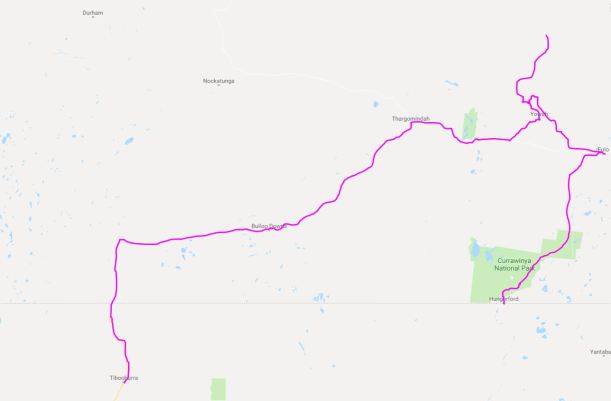
Our travels through SW Queensland


